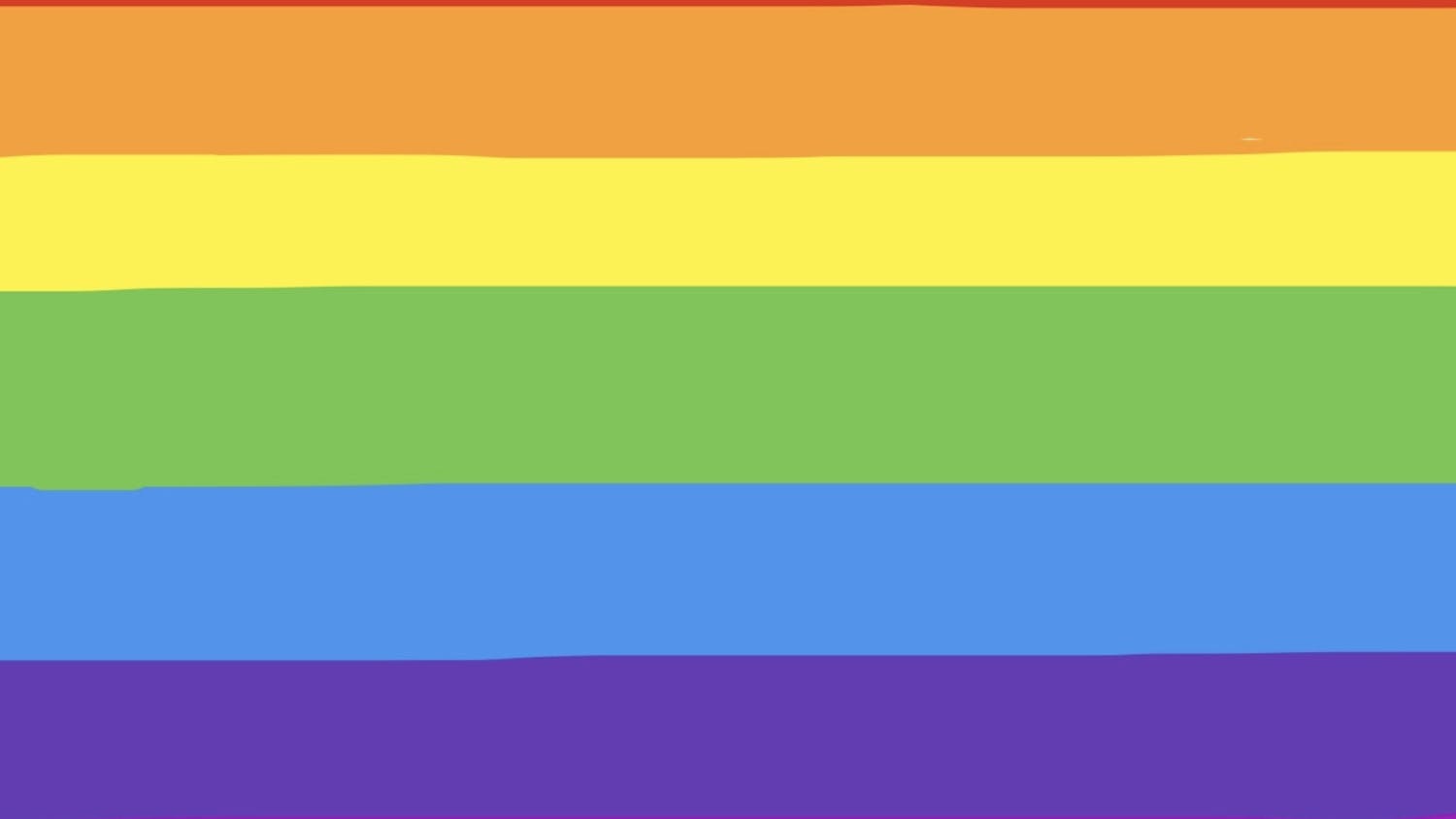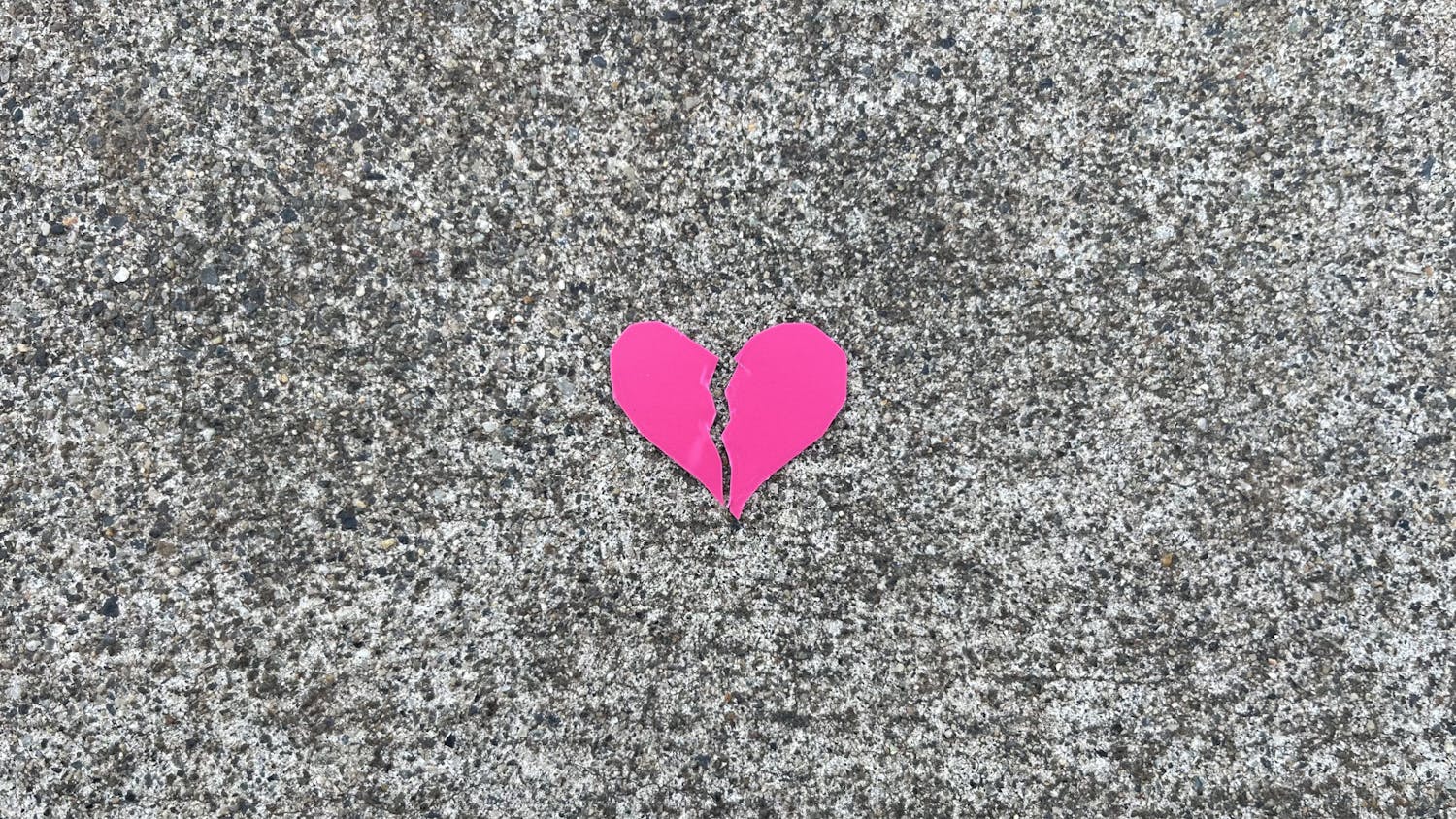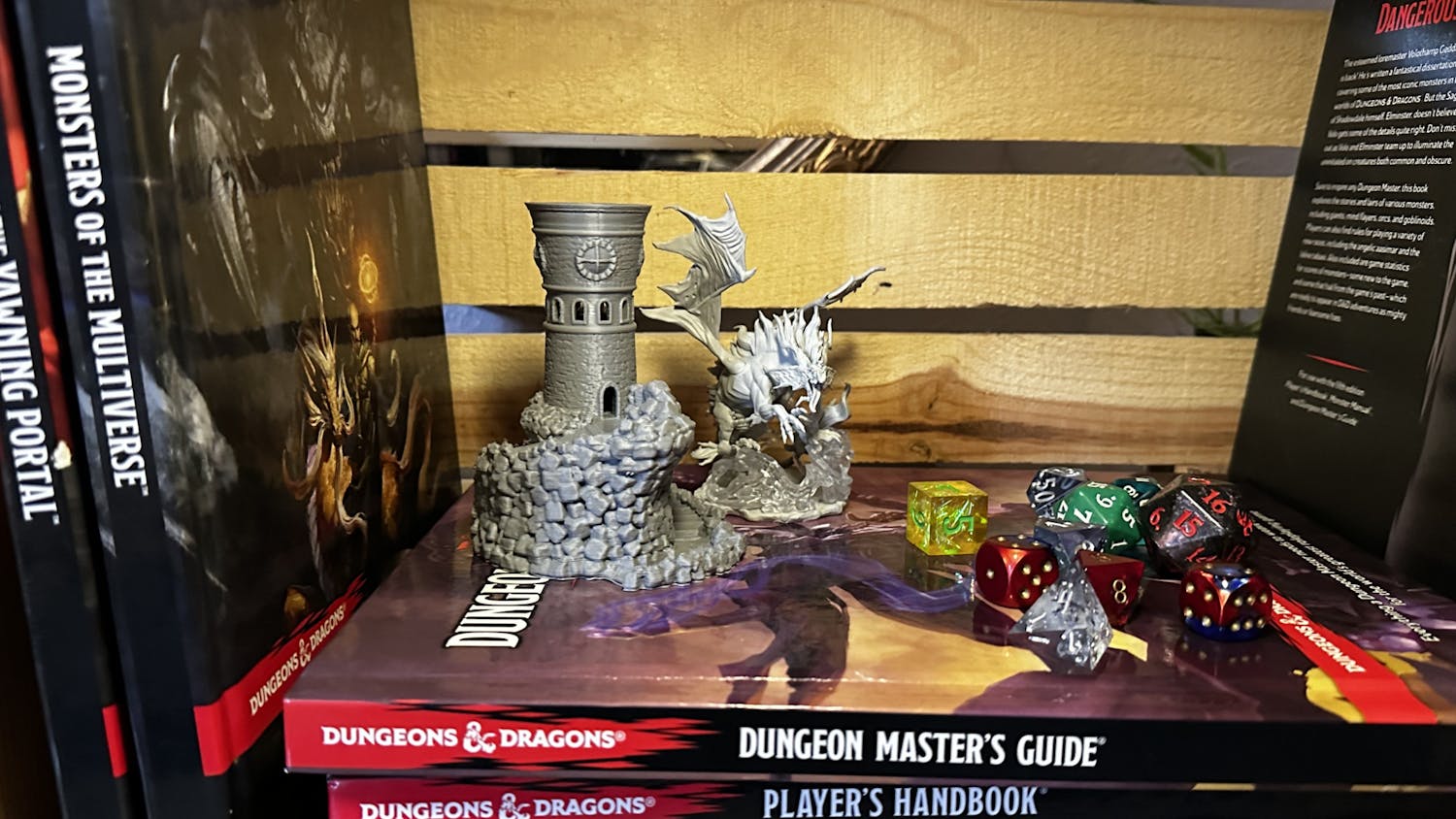A question unanswered is like an itch unscratched.
This is especially true when it comes to university transparency. The ability for students and faculty to have access to information pertaining to their educational environment is chiefly important in protecting the safety and promoting the wellness of a university’s community.
Here at Western, communication between the ruling boards and the student body seems to be, for the most part, decent. However, many students report they are seeking more information when it comes to alerts and emails regarding potential dangers, controversial issues or unsettled happenings.
Most of us are part of the Western Alert system and we know how alarming it can be to get texts or emails stating there is something happening on or around campus that could be perceived as a possible threat.
The Emergency Frequently Asked Questions page on Western’s website says that 94 percent of students, 64 percent of staff and 57 percent of faculty have provided their cell phone numbers in order to receive emergency-related text messages. This shows people are concerned about the events taking place on campus, but the question is whether or not these alerts are more confusing than helpful.
“The university is committed to a working and educational environment that is free from violence and threats of violence by and against university students, faculty, staff, contractors, volunteers and visitors,” Western’s Policy U5615.01 states.
Freedom from all violence seems like somewhat of a lofty aspiration, but it remains a responsibility central to the success of our community.
Looking at the events of last fall’s Yik Yak disaster, one may consider how Western’s transparency could have been stronger.
Initial alert messages were vague and lacked information, and the emails that followed left out critical details on the other acts of anti-Semitism that were taking place at the dorms and around campus facilities.
Surely the alerts were beneficial, but a greater understanding of the issue would have been made possible if students were allowed access to other critical pieces of information regarding the issues.
While danger prevention is an important aspect of transparency, it is equally significant to other decision-making processes that impact our lives as students, faculty and staff.
The more we know, the more we are able to make informed decisions that promote social change.
The process of electing a new university president was one where students could have benefitted from increased transparency. The names of other candidates were not announced and students had very limited time to weigh in on the election of President-elect Sabah Randhawa.
It’s understandable that the privacy of potential candidates is important, especially if they are holding positions elsewhere that could otherwise be compromised. However, students are so greatly impacted by the president of their university and should be aware of the options.
And speaking of student awareness, we cannot disregard the fact that the gatekeepers of information on campus – University Communications and Marketing, Human Resources, etc. – hold the responsibility of answering the questions brought up by students. It is these members of our community that hold more power than students could possibly understand. We cannot deny the importance of these positions, and we must rely on these people to answer questions and concerns that directly affect our lives.
A call for action is necessary in making sure students demand that their questions get answered in full and with responses that are not sugar-coated-public-relations, what-they-want-you-to-hear-but-not-the-complete-story-bologna.
So, ask those questions, students. Make public records requests, seek the answers to important issues. Ask for more information and do not stand down until you have the full story. Knowledge, my friends, is power.





